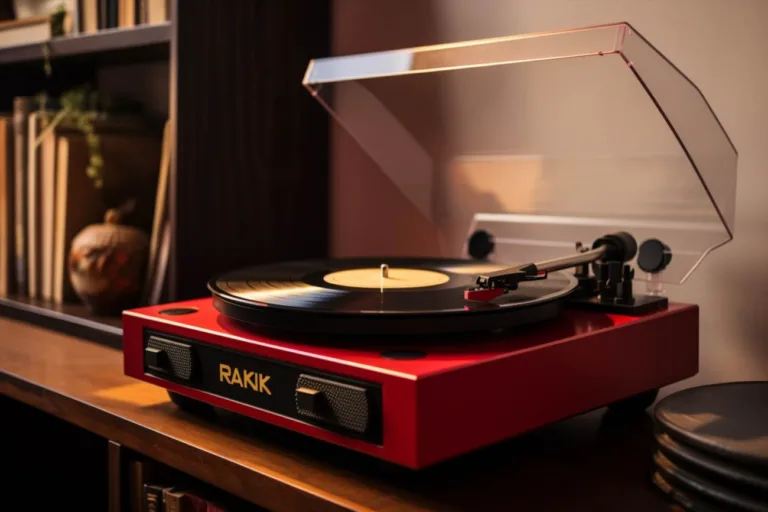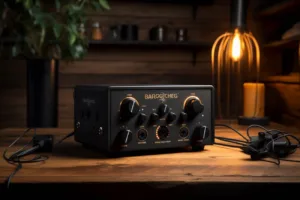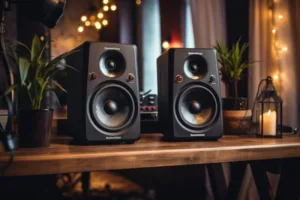Welcome to our comprehensive guide on Akai pickups! If you’re a music enthusiast, producer, or DJ, you’ve likely come across the term „Akai pickup.” In this article, we’ll dive deep into what Akai pickups are, how they work, and why they matter in the world of audio technology. Whether you’re a seasoned professional or just starting, this guide will provide you with valuable insights into the world of Akai pickups.
Understanding akai pickups
Akai pickups, also known as tonearms or cartridges, are crucial components in turntables and record players. These devices are responsible for translating the grooves on vinyl records into audible sound. Akai pickups use a stylus to trace the grooves, which are then transformed into electrical signals. These signals are subsequently amplified and reproduced through speakers, allowing you to enjoy the rich, analog sound that vinyl records are famous for.
Components of an Akai Pickup
An Akai pickup typically consists of several components:
- Stylus: The stylus is a small, needle-like part that makes direct contact with the grooves on the record.
- Cartridge: The cartridge houses the stylus and generates electrical signals based on its movement along the record’s grooves.
- Tonearm: The tonearm holds the cartridge and stylus in place, allowing them to move smoothly across the record’s surface.
- Headshell: The headshell connects the cartridge to the tonearm and provides stability.
The importance of a quality pickup
The choice of pickup can significantly impact the sound quality of your vinyl playback. A high-quality Akai pickup can reproduce intricate details and nuances in the music, delivering a warm and authentic sound. On the other hand, a poor-quality pickup might result in distorted sound, skipping, or unnecessary wear on your records.
Pickup Types
Akai pickups come in various types, including moving magnet (MM) and moving coil (MC) cartridges. MM cartridges are known for their ease of use and compatibility with most turntables. MC cartridges, on the other hand, offer superior sound quality but may require a more advanced setup and careful calibration.
Choosing the right akai pickup
When selecting an Akai pickup, consider factors such as your budget, the type of music you’ll be playing, and your equipment setup. Research different models, read reviews, and if possible, listen to demonstrations to make an informed decision. Remember that the best pickup for you might not be the most expensive one, but the one that complements your setup and preferences.
Maintenance and Care
Proper maintenance of your Akai pickup is essential to ensure optimal performance and longevity. Regularly clean the stylus and keep your records clean to prevent dust and debris buildup. Additionally, handle the pickup and tonearm gently to avoid damaging the delicate components.
Frequently Asked Questions (FAQs)
1. How do I know if my Akai pickup needs replacement?
If you notice a decline in sound quality, excessive distortion, or skipping while playing records, it might be time to replace your Akai pickup.
2. Can I upgrade my current Akai pickup?
Yes, upgrading your Akai pickup can enhance your vinyl listening experience. Research compatible options and consider consulting experts for recommendations.
3. Are Akai pickups compatible with all turntables?
Akai pickups are designed to be compatible with a wide range of turntables, but it’s essential to ensure compatibility before making a purchase.
With this comprehensive guide, you’re now equipped with the knowledge to make informed decisions about Akai pickups. Whether you’re a vinyl enthusiast or a professional DJ, the right Akai pickup can elevate your audio experience to new heights. Remember to do thorough research, consider your specific needs, and enjoy the rich, analog sound that only vinyl records can deliver.
Vezi și:






